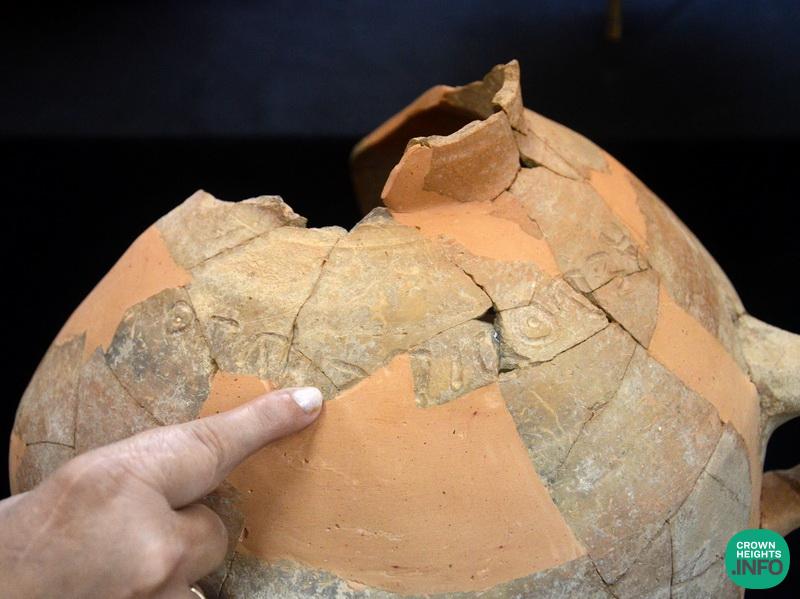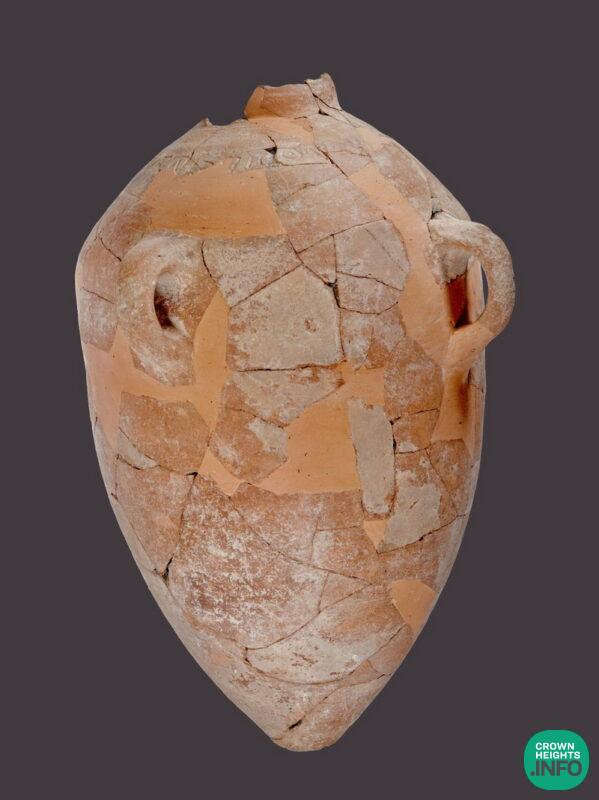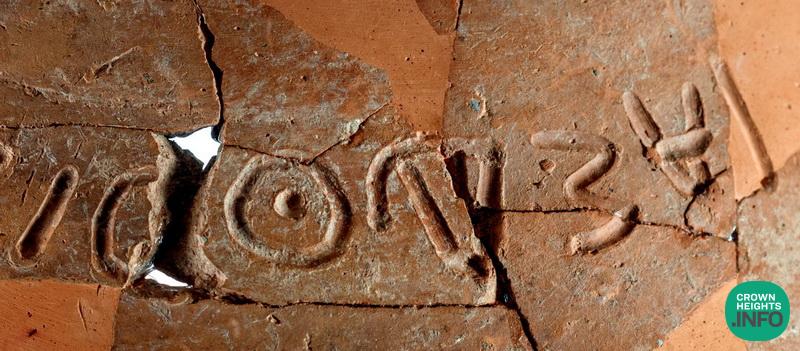
Who Aare You Eshba‘al ben Bad‘a?
A rare inscription dated to the 10th century BCE, to the time of King David, was discovered a few years ago in an excavation carried out at Khirbet Qeiyafa in the Elah Valley, southwest of Jerusalem. “An approximately 3,000-year-old pottery jar, broken into many sherds, was discovered in 2013,” says Saar Ganor of the Israel Antiquities Authority. “Letters written in ancient Canaanite script discerned on several sherds sparked the curiosity of researchers.”
Intensive restoration carried out in the Israel Antiquities Authority Artifacts Treatment Department laboratories—involving gluing together hundreds of pottery sherds to restore the whole jar—solved the riddle: the jar was incised with the inscription “Eshbaʽal ben Badaʽ”. Dr. Mitka Golub and Dr. Haggai Misgav were in the team of researchers working on deciphering the text.
According to Professor Yosef Garfinkel of the Institute of Archaeology of the Hebrew University and Saar Ganor of the Israel Antiquities Authority, “This is the first time that the name Eshbaʽal has appeared on an ancient inscription in the country. Eshbaʽal, the son of King Saul, who briefly ruled over Israel at the same time as King David, is known from the Bible. He was assassinated and decapitated, and his head was brought to David in Hebron (2 Samuel:3–4).
It is noteworthy that the name Eshbaʽal is mentioned in the Bible, and now also in the archaeological record, only during the time of the reign of King David, in the first half of the tenth century BCE; this name does not appear later in the First Temple period. The correlation between the biblical source and the archaeological find suggests that this name was only common in this early period. The name Bedaʽ is unique and does not occur in ancient inscriptions or in the Bible.”
According to the researchers, the fact that the name of Eshbaʽal was incised on a jar suggests that he was an important person. He may have been the owner of a large agricultural estate and the produce collected there was packed and transported in jars marked with his name. This seems to be clear evidence of social stratification and the creation of an established economic class, a process that took place at the time of the formation of the Kingdom of Judah.
Garfinkel and Ganor add, “In the Book of Samuel there was apparently reluctance to use the name Eshbaʽal, which was reminiscent of the Canaanite storm god Baʽal, and the original name was therefore changed to Ish-Bosheth, but the original name of Eshbaʽal was nonetheless preserved in the Book of Chronicles. Thus, for example, the name of the judge Gideon ben Joash was also changed from Jeruba‘al to Jerubesheth (2 Samuel 11).”
The researchers add that the name Jeruba‘al was also uncovered a few years ago, in excavations carried out at the archaeological site of Khirbet el Ra‘i, located between Qiryat Gat and Lachish. This site has been identified with Ziklag, where, according to the Bible, David resided when he escaped from King Saul.
Photographer: Tal Rogovsky
















